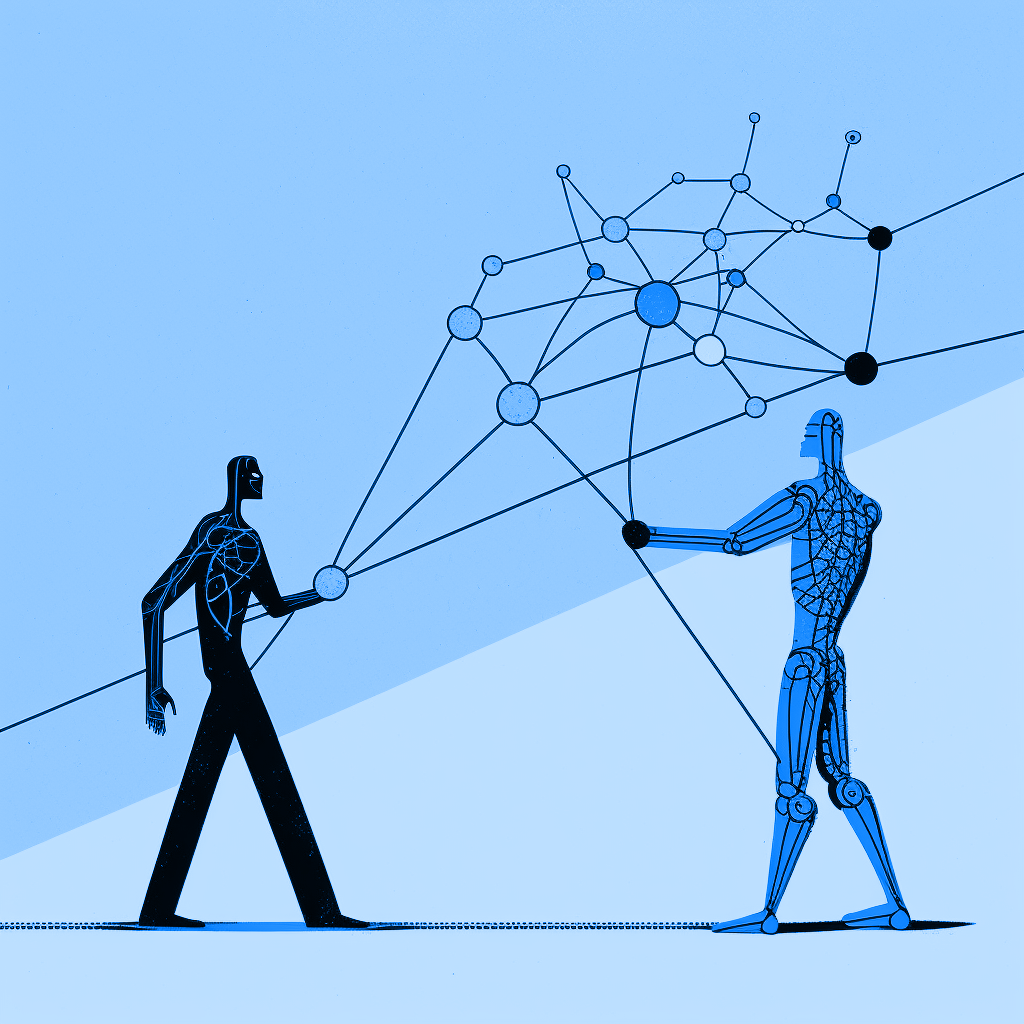How and why the platform designed by Jack Dorsey can succeed
Having left Twitter after creating it, Jack Dorsey now aims to write another page in the history of social networks with Bluesky. A platform that, in many functional aspects, is inspired by his first creature but that deviates by being a federated and decentralised social network. This means no central power deciding for everyone because everything is managed by the members (including their data), distributed in thousands of different and independent nodes, each with its own rules, but able to communicate with each other to exchange information.
Bluesky looks like Mastodon, but there are differences
In essence, this is the same concept with which Mastodon was conceived, which rose to prominence in recent months precisely as an alternative to Twitter after Elon Musk‘s acquisition and the immediate flight of those who disagreed with the transformation of the social media announced by the founder of Tesla and SpaceX. Mastodon uses the ActivityPub protocol, while Bluesky relies on Authenticated Transfer Protocol, which is based on four elements: account portability, choice of algorithm, interoperability and performance.
Factors that allow one to move one’s account from one provider to another without losing one’s data, thus avoiding that one’s online identity is in the hands of a company that has no responsibility towards users. Secondly, it means that there is the supremacy of the user over the algorithm and not the other way around, as is the case with Facebook, Instagram, TikTok and Twitter so that the bespoke advertisements that often annoy will be just an old memory. For interoperability, there is Lexicon, a framework that solves coordination challenges. Finally, performance means loading times are a priority, especially when demand increases because users want fast and reliable service.
Looking at the practical aspect, however, there is a difference with Mastodon, and it is also significant because, beyond account portability, there is content moderation on Bluesky.

Origin and numbers
Conceived by Dorsey in 2019 when he was still at the helm of Twitter, Bluesky was, until recently, a rib inextricably linked to the better-known social media because the money for its development came from Twitter’s coffers. After the $13 million financing obtained in April 2022 from the most popular of the 21 companies in Dorsey’s portfolio, Bluesky broke away from the parent company to stand on its own two feet (just in time to avoid the denials of Musk, whom to remedy the disastrous financial situation laid off 6,500 employees out of the 8,000 he found when he acquired Twitter).
At the moment, Bluesky is available as a web app and as a mobile version for iOS and Android devices. Still, it can only be accessed by invitation, not out of whimsy or to whip up the anticipation of the curious, but because of the practical limitations of a team as lean as it is small that has to iron out so many details before opening up to a mass audience. “We are a small team, and we are currently working hard to keep up with demand and develop the moderation tools that will be essential when we have more users,” said Jay Graber, CEO of Bluesky.
Regarding numbers, the social network announced it has about 20,000 active users, although more recent reports indicate 35,000 users. According to Data.ai, more than 245,000 iPhone users have downloaded the app, with more than half of the downloads registered in April, while the waiting list already counted more than 1 million people last November.
How it works (like Twitter)
There are many similarities with Dorsey’s first social network, starting with the predominance of the colour blue and the writing of messages limited to 256 characters. Among the four sections in the app – Home, Search, Notifications and Accounts – there are many similarities to Twitter, such as the possibility of inserting images and following users you like or are interested in, but also sharing, silencing and blocking other accounts. There is plenty of suggested profiles and updates visible on the home page. It is also possible to customise the profile by adding a photo, biography and background image while showing the number of followers and posts published.

A Twitter clone or almost. With a simple interface that is still a work in progress, the user experience appears minimal. However, unlike Mastodon, all the basic functions are needed to communicate quickly and fluidly. Also, the possibility of sending private messages and creating lists should arrive later.
Waiting to discover the next steps, Bluesky is configured as a novelty that combines social media and blockchain, overcoming the privacy problems of current social networks thanks to the decentralisation that empowers each user to use data as they wish, since in the future to create an account it will not be necessary to provide telephone numbers, email address, date of birth and other personal data.
In light of Twitter’s transformation into a paid social network, this aspect could be a winning card to bring Bluesky closer to millions who will turn their backs on Musk.



